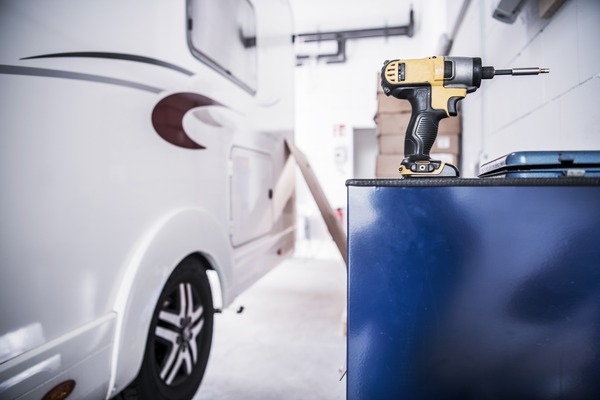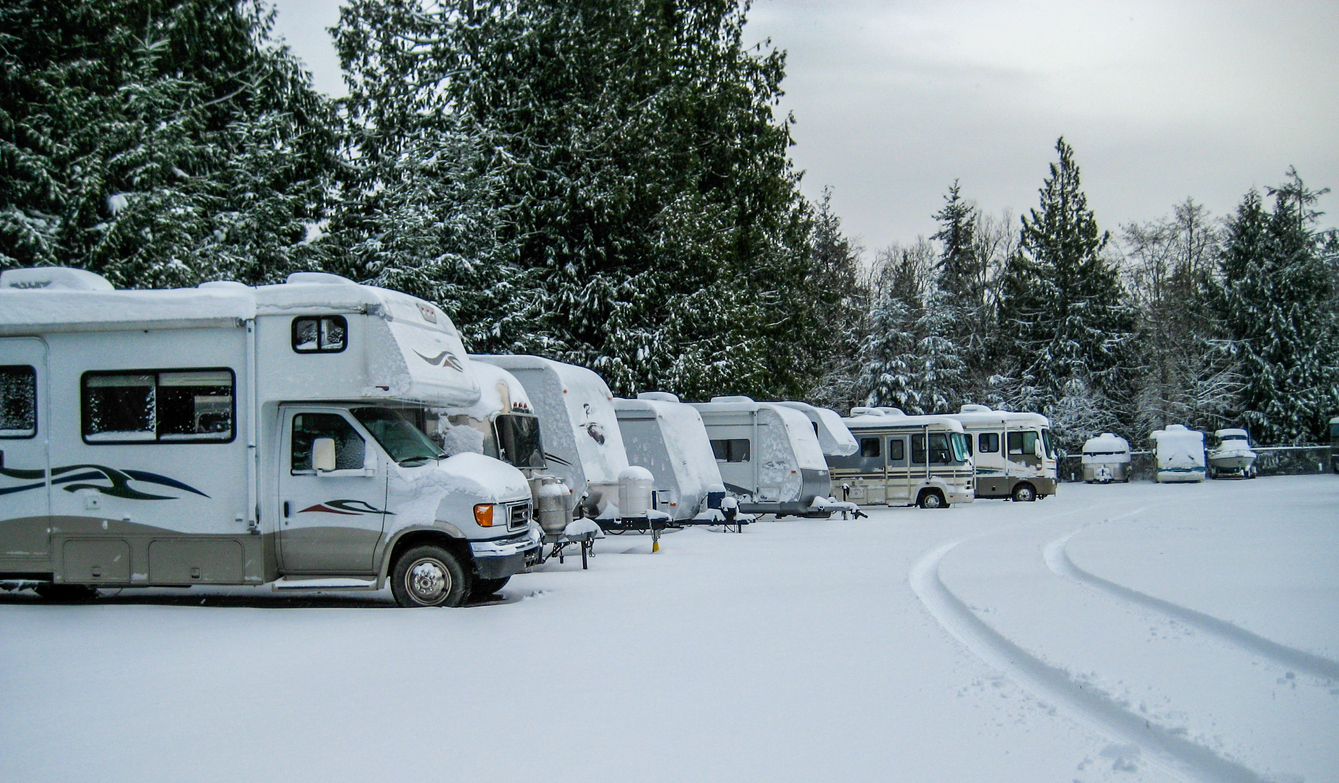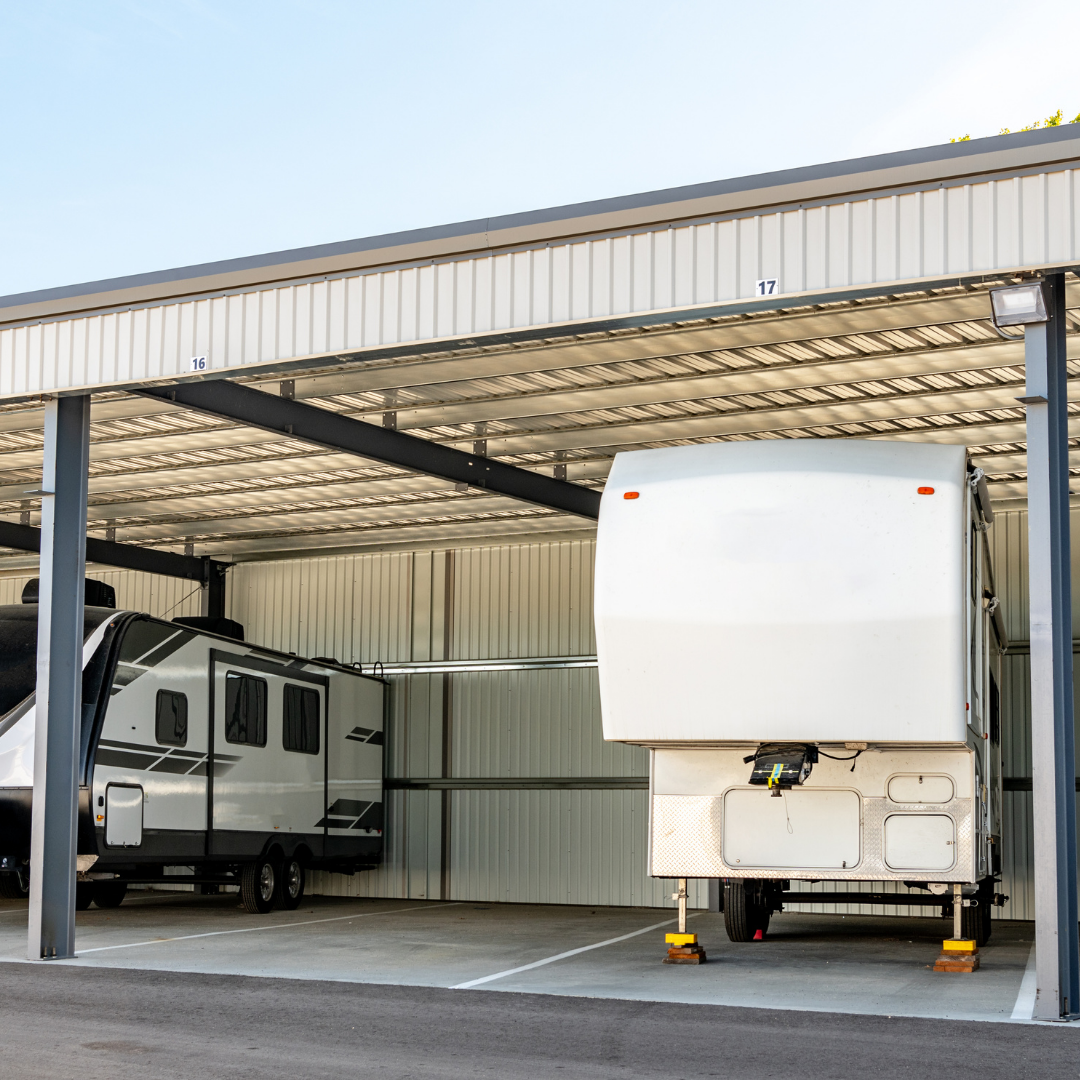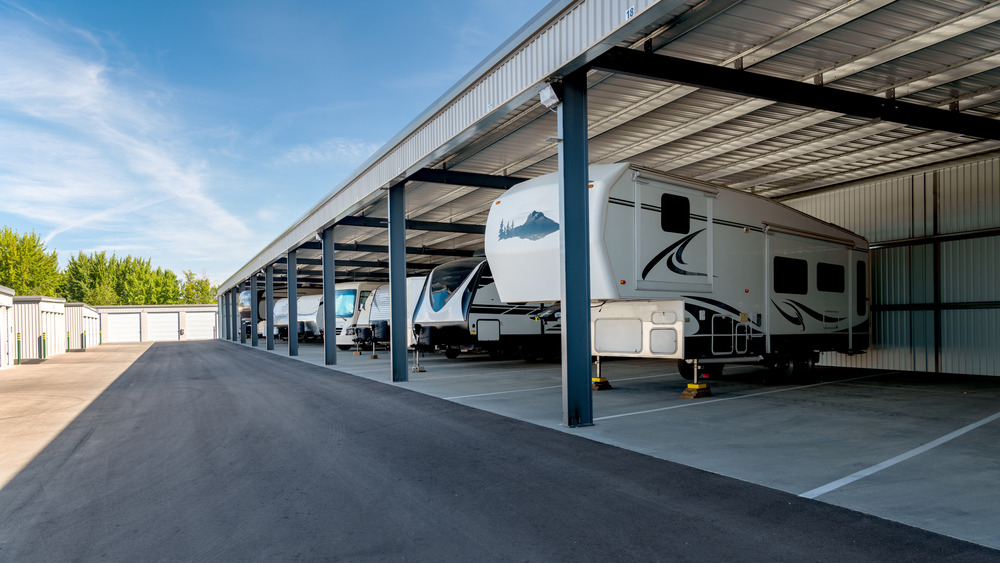How to Winterize Your RV at Home
Before you park your RV in winter storage, be sure to prep it with proper RV winterization. Prevent any damage in the freezing temperatures over the next few months, and protect it from cold critters looking for a warm place to hide. RV winterization will ensure that when the snow melts and the sun stays past 5 p.m. there won’t be any damage or furry surprises waiting for you.
What You Need to Winterize Your RV
There are a few basic tools and materials you need to winterize your RV. Luckily, we have most of these available in our parts store! You can stop by Juniata Valley RV to browse our parts store. If we don’t have what you need in stock, we can order it for you! Just let us know what you’re looking for.

- RV Antifreeze – Three to four gallons should be more than enough. But the amount you’ll actually use depends on the layout and length of your plumbing lines.
- Water Heater Bypass Kit – If your RV isn’t already equipped with one.
- Siphoning Kit – If the pump is not already equipped.
- Cleaning Wand – To scrub your holding tanks until they’re squaky clean!
- Basic Hand Tools – Some tools you’ll probably need include: power drill, crescent wrenches, needle nose pliers and a screwdriver. You also may need a flashlight!
- Anode Rod – A plastic plug might also work.
- Moth Balls & Mouse Repellant – They’ll keep critters and creepy crawlies under control over the winter. Who can blame them for wanting a warm place to sleep?
Winterize Your RV Water Systems
Flush the Water Tanks
The first thing you’ll need to do to winterize your RV is drain and flush the black and gray water tanks. You never want to leave wastewater in your water tanks over the winter. They’re a breeding ground for bacteria, and freezing water can damage tanks and pipes over the winter. Once they’re emptied of water, we recommend using a black tank cleaner to ensure your black tank is completely cleaned out and ready for winter storage.
Flush the Water Heater
All the water needs to be emptied for proper RV winterization. This includes your water heater! Start by turning off the water heater and allowing it some time to cool down. Then, hook your RV up to city water. Use a wrench to remove the anode rod and open the pressure relief valve so the water can drain out. After it’s drained, flush the heater out for a few minutes until any sediment has been removed. Leave the anode rod out during the winter, but be sure to replace it in the spring.
Bypass the Water Heater
Make sure to bypass the water heater before adding antifreeze to your RV. You want to make sure there’s no chance of antifreeze making it into your water heater. Some RVs will have a bypass already installed. If not, you can start the bypass by removing the water heater service door. Then, remove the access panel to get to the valves inside. Adjust these valves to manually bypass the water heater.
Winterize Your RV Exterior
Prep the Water Pump
Locate the water pump and attach the siphoning kit. Then, place the siphoning hose in the antifreeze. Open the valve and turn on the water pump to allow the antifreeze to flow through the water system.

Open All External Faucets and Valves
You want to drain all the water from your RV before the freezing temperatures set in. Start by opening the lowest valve and work your way up, allowing the water to run out. Do this until you see the water change color, notifying you that the antifreeze has made it all the way through. Then, close and tighten the valve. Make sure to do the same with any external showers and faucets.
Winterize Your RV Interior
Flush Internal Faucets
RV winterization needs to be completed inside and out. Once you have put antifreeze in the water pump, open all interior faucets, showers and toilets. Let them run until the water changes color, signaling that the antifreeze has made it all the way through. Once you see antifreeze, you’re good to turn off the water for the winter.

Pour Antifreeze Down the Drains
Pour antifreeze down any interior drains to ensure they’re prepared to withstand freezing winter temperatures. Pour antifreeze down sink drains, shower drains and toilets.
Remove All Items from the Interior
The last step of RV winterization, at least the last step we’re covering today, is emptying the interior of any items that won’t last the winter. Remove all food, clothes and other important items from your RV before leaving it for the winter. Leave your refrigerator, cabinets and any other doors open to keep air flowing and prevent mold or smells from building up over the next few months.
Once you’ve taken these steps, the RV winterization basics are done! You’re ready to place your RV in its winter storage spot and rest easy for the holiday season. You know your RV is ready and waiting for another fun-filled camping season when the snow finally melts again.
If you’re interested in hiring an expert team to perform RV winterization for you, look no further than Juniata Valley RV! Our service team has winterized hundreds of RVs, and we’re happy to add yours to the list. You can also shop new and used RVs for sale, and start spring camping with a brand new rig.
Need RV winterization service?
Let our RV service technicians handle the heavy lifting when it comes time to winterize your RV! Contact our service department to schedule your RV winterization today.



